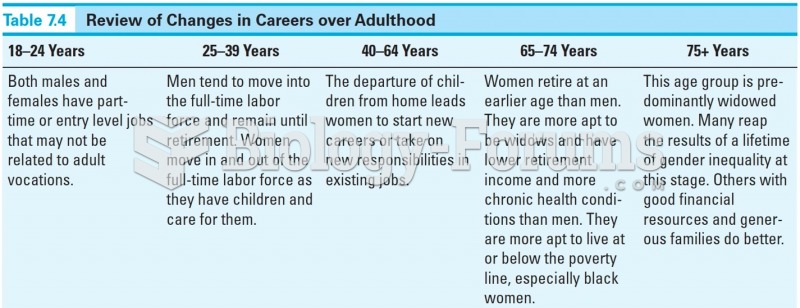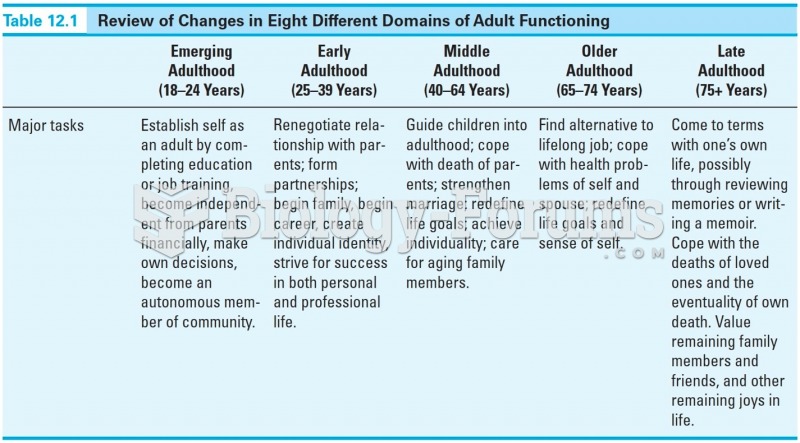Answer to Question 1
ANS: D
In qualitative research, the purpose and timing of the literature review vary based on the type of study to be conducted. In development of a grounded theory study, a minimal review of relevant studies provides the beginning point of the inquiry, but this review is only a means of making the researcher aware of what studies have been conducted. This information, however, is not used to direct the collection of data or interpretation of the findings in a grounded theory study.
Answer to Question 2
ANS: D
The published literature contains primary and secondary sources. A primary source is written by the person who originated, or is responsible for generating, the ideas published. A research publication published by the person or people who conducted the research is a primary source. A theoretical book or paper written by the theorist who developed the theory or conceptual content is a primary source. A secondary source summarizes or quotes content from primary sources. Thus, authors of secondary sources paraphrase the works of researchers and theorists. The problem with a secondary source is that the author has interpreted the works of someone else, and this interpretation is influenced by that author's perception and bias. Authors have sometimes spread errors and misinterpretations by using secondary sources rather than primary sources. You should use mostly primary sources to write literature reviews. Secondary sources are used only if primary sources cannot be located or if a secondary source contains creative ideas or a unique organization of information not found in a primary source.







